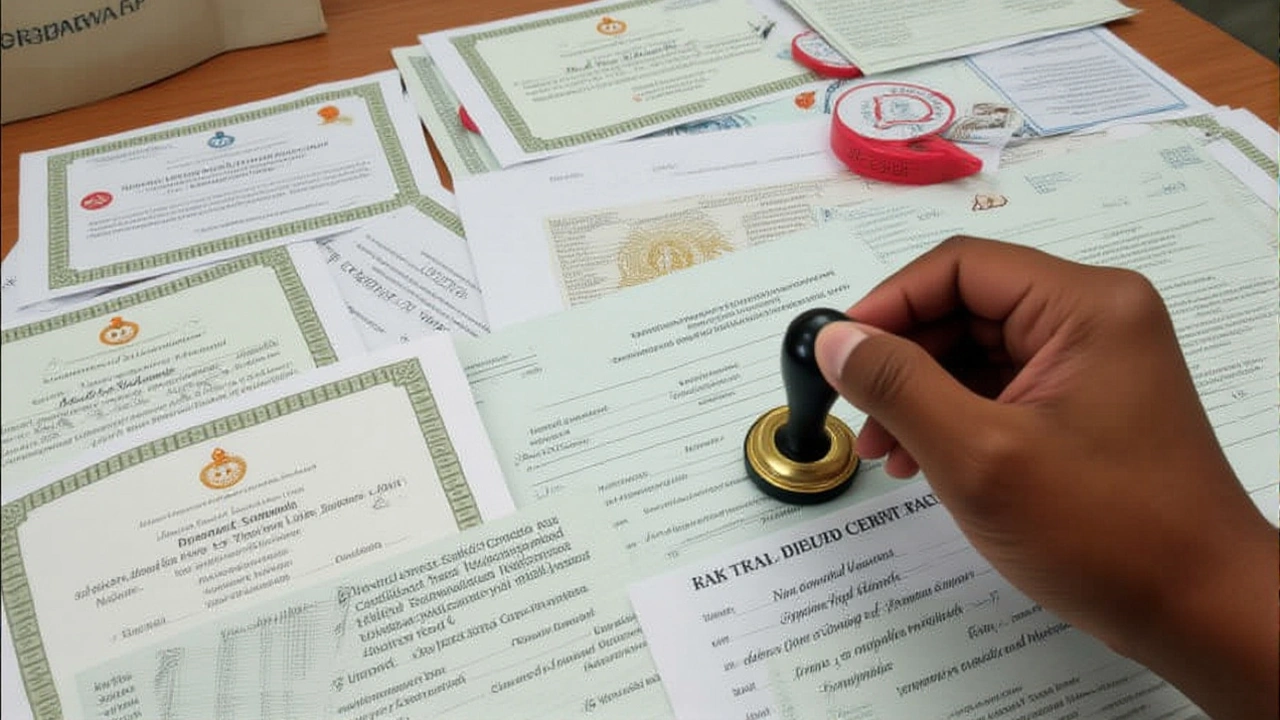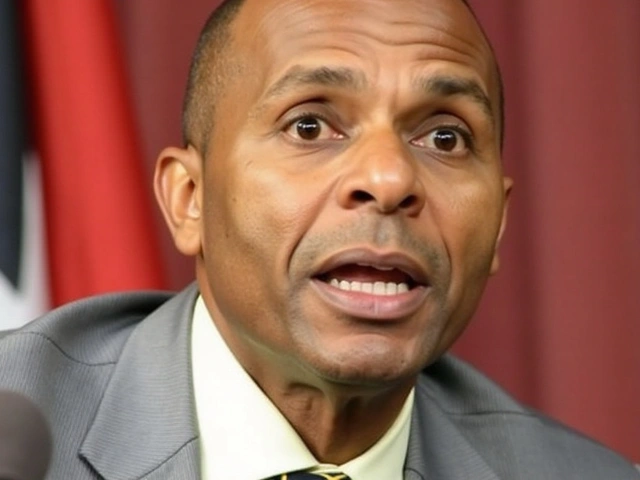Fake Certificates: Spot the Fakes and Protect Yourself
Ever gotten an email with a “degree” or “training” certificate attached and wondered if it’s real? You’re not alone. Scammers love to sell bogus qualifications because they’re easy to copy and can open doors to jobs, loans, or government benefits. The good news? You can tell a fake certificate apart from a genuine one without needing a forensic lab.
Why Fake Certificates Are a Growing Problem
Online marketplaces and messaging apps make it simple to upload a polished PDF and convince anyone it’s legit. Many people need quick proof of skill—think freelancers, job seekers, or students applying for scholarships—so they don’t always double‑check. When a fake document slips through, the ripple effect can be huge: unqualified workers, compromised safety standards, and wasted money for employers.
Recent news stories show how quickly the damage spreads. A fake medical licence in one province led to a malpractice case that cost the health system millions. In South Africa, a bogus mining permit caused a legal battle that delayed a major project. These examples underline why ordinary people should know the red flags.
Simple Steps to Verify Any Certificate
1. Check the source. Look for an official logo, seal, or watermark. Real institutions usually have a consistent design across all documents. If the logo looks blurry or the colors are off, that’s a warning sign.
2. Search the registration number. Most certificates include a unique ID. Plug that number into the issuing body’s website or call their office. If nothing shows up, the document is likely fake.
3. Inspect the details. Typos, odd phrasing, or incorrect dates are common in bogus certificates. Authentic documents follow a strict format, so any deviation should raise eyebrows.
4. Use verification services. Platforms like the National Qualifications Framework (NQF) in South Africa let you verify diplomas online. For international qualifications, sites like UNESCO’s IAU‑LIST can help.
5. Ask for the original. Scammers often send scanned copies. Request the hard copy or a digitally signed version. A genuine institution will gladly provide a verifiable document.
6. Cross‑check the issuer’s contact info. A quick phone call to the school or training center can confirm whether they issued the certificate. Beware of numbers that redirect to call‑centers in unrelated countries.
7. Look for digital signatures. Modern certificates may include QR codes or encrypted signatures that link back to the issuer’s database. Scanning the code with a smartphone should pull up the full record.
By running through this checklist, you’ll catch most fakes before they cause trouble. It only takes a few minutes, but it can save you from legal headaches, lost wages, or even safety hazards.
Remember, the cost of a fake certificate isn’t just financial—it can damage reputations and trust. Whether you’re an employer vetting a candidate or a student applying for a scholarship, stay curious and verify everything. When in doubt, ask for proof and don’t settle for a quick “yes.”
Bottom line: fake certificates are everywhere, but you have the tools to expose them. Keep this guide handy, share it with colleagues, and make verification a habit. Your future self will thank you.

Nigeria's Federal Government Sets Oct 6 Deadline to Eradicate Fake Certificates
Nigeria's government mandates all public and private institutions to verify staff qualifications via the new NCVS platform by Oct 6 2025, aiming to eradicate fake certificates.
Categories
- Sports (145)
- Politics (22)
- Entertainment (20)
- World (15)
- News (10)
- Lifestyle (8)
- Business (6)
- Technology (3)
- Health (3)
- Environment (2)
Popular Articles



